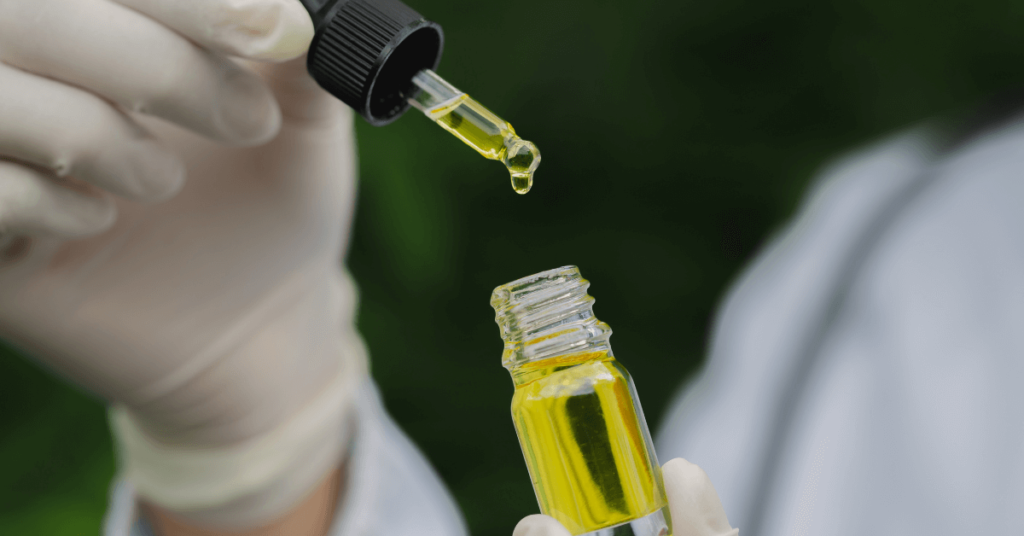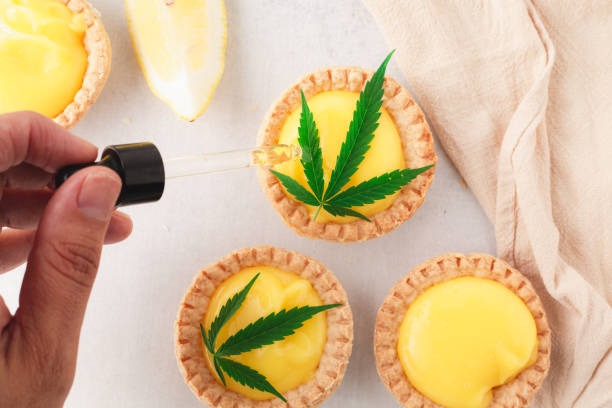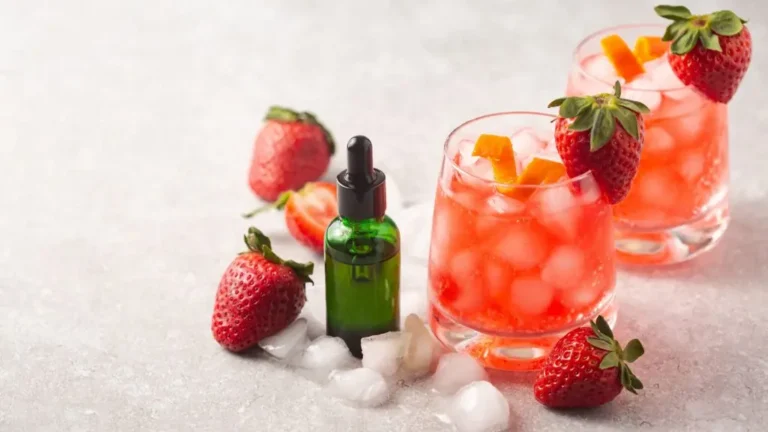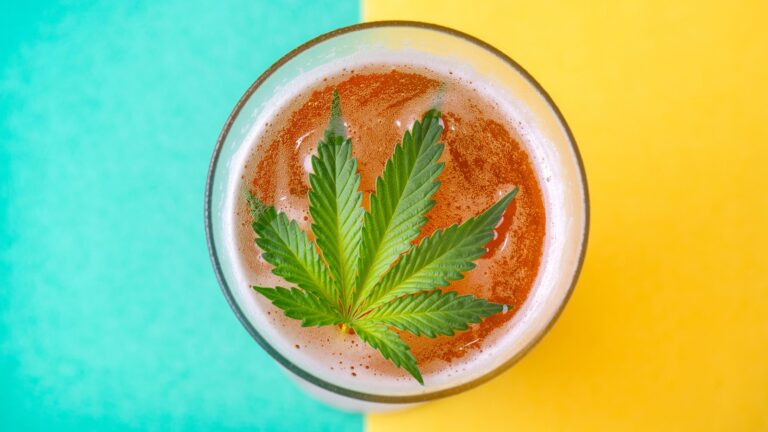
Elevate Your Culinary Creations: The 2025 Guide to Edible Cannabis Oil
The cannabis industry is flourishing in 2025, with edibles emerging as a preferred method for enjoying cannabis due to their discretion, versatility, and long-lasting effects. At the heart of this trend is edible weed oil, also known as cannabis cooking oil or THC oil for cooking, which allows users to infuse their favorite recipes with the psychoactive and therapeutic benefits of cannabis. Whether you’re baking brownies, crafting savory dishes, or experimenting with new culinary ideas, edible cannabis oil is a game-changer. This comprehensive guide explores the latest trends in edible weed oil for 2025, provides a step-by-step guide to making it at home, shares creative recipes, and highlights essential legal and safety considerations to ensure a responsible and enjoyable experience.
1. Understanding Edible Weed Oil
Edible weed oil is a cannabis-infused oil that contains THC (tetrahydrocannabinol), the compound responsible for cannabis’s psychoactive effects, and sometimes CBD (cannabidiol) for therapeutic benefits. It’s created by infusing a carrier oil—such as olive, coconut, or avocado oil—with decarboxylated cannabis flower. Unlike smoking or vaping, edibles made with cannabis oil offer a slower onset (30-90 minutes) but provide longer-lasting effects, often up to 6-8 hours, making them ideal for those seeking a controlled and sustained experience.
The appeal of edible weed oil lies in its versatility. It can be used in virtually any recipe that calls for oil, from baked goods to salad dressings, allowing users to customize their cannabis consumption. Its odorless nature and ease of use make it a discreet alternative to traditional cannabis consumption methods.

2. 2025 Trends in Edible Cannabis Oil
The cannabis edibles market is experiencing significant growth, with projections estimating it will reach $16.2 billion globally by 2025, driven by increasing legalization and consumer demand for alternative consumption methods. Several key trends are shaping the use of edible weed oil in 2025:
- Rising Popularity of Edibles: Social media insights indicate that oils, edibles, and vaping products are gaining traction, with edibles appealing to consumers for their convenience and discretion.
- High-Potency Products: The average THC content in cannabis products, such as resin, reached 23% in 2023, suggesting a trend toward more potent oils that continues into 2025. This allows for stronger effects with smaller doses, appealing to experienced users.
- Home Cooking Boom: As legalization spreads, more people are experimenting with cannabis-infused cooking at home, driving demand for high-quality, easy-to-use cannabis oils.
- Health-Conscious Choices: Consumers are increasingly choosing edibles over smoking due to perceived health benefits, such as avoiding respiratory risks associated with inhalation.
These trends highlight the growing acceptance of cannabis in culinary applications, with edible weed oil at the forefront of this movement.
3. How to Make Edible Weed Oil at Home
Creating your own cannabis oil for cooking is a straightforward process that empowers you to control potency and flavor. Below is a detailed guide to making edible weed oil at home, based on expert recommendations from sources like Leafly and Leafwell.
Ingredients
| Item | Quantity | Notes |
|---|---|---|
| Cannabis Flower | 3.5 grams | Choose a strain with known THC content (e.g., 20% THC) |
| Carrier Oil | 1 cup | Olive, coconut, or avocado oil recommended |
| Lecithin (Optional) | 1 tsp | Enhances emulsification and potency |

Equipment
- Oven
- Baking sheet with parchment paper
- Slow cooker or double boiler
- Cheesecloth or fine mesh strainer
- Airtight glass jar for storage
Step-by-Step Instructions
- Decarboxylate the Cannabis:
- Preheat your oven to 230°F (110°C).
- Grind 3.5 grams of cannabis flower finely and spread it evenly on a parchment-lined baking sheet.
- Bake for 30-40 minutes, stirring occasionally, to activate THC through decarboxylation. This step converts inactive THCA into psychoactive THC.
- Infuse the Oil:
- Combine the decarboxylated cannabis with 1 cup of carrier oil in a slow cooker or double boiler.
- Heat on low (below 284°F or 140°C) for 2-4 hours, stirring occasionally to ensure even infusion.
- If using lecithin, add it during this step to improve the oil’s consistency and potency.
- Strain the Oil:
- Place a cheesecloth or fine mesh strainer over a bowl and pour the oil mixture through it.
- Squeeze the cheesecloth to extract as much oil as possible, discarding the plant material.
- Store the Oil:
- Transfer the infused oil to an airtight glass jar.
- Store in a cool, dark place to maintain potency for 12-18 months.
Tips for Success
- Choose the Right Oil: Olive oil is great for savory dishes, while coconut oil works well for baking due to its high smoke point.
- Monitor Temperature: Avoid exceeding 350°F (176°C) during infusion or cooking to preserve THC potency.
- Calculate Dosage: A rough estimate for 20% THC cannabis yields approximately 18 mg THC per teaspoon of oil, assuming 60% retention after infusion.
4. Baking with Weed Oil: Tips and Techniques
Baking with weed oil is a popular way to create delicious, THC-infused treats. Here are some expert tips to ensure your baked goods are both tasty and effective:

- Precise Dosing: Start with a low dose, such as 1 teaspoon of cannabis oil per batch, to avoid overly potent edibles. Adjust based on your tolerance and the number of servings.
- Even Mixing: Thoroughly blend the cannabis oil into your batter or dough to ensure consistent THC distribution across all servings.
- Temperature Control: Bake at temperatures below 350°F (176°C) to prevent THC degradation. For example, brownies baked at 325°F (163°C) retain more potency.
- Storage: Store baked goods in the refrigerator in airtight containers to maintain freshness and potency for up to a week.
These techniques help you create bakery-quality edibles that deliver the desired effects without compromising flavor.
5. Creative Recipes Using Edible Weed Oil
Edible weed oil opens up a world of culinary possibilities. Below are some creative ideas to inspire your cooking and baking with cannabis oil:
| Recipe | Description | Suggested Oil | THC Dosage (Per Serving) |
|---|---|---|---|
| Cannabis-Infused Brownies | Classic fudgy brownies with a THC kick | Coconut Oil | 5-10 mg |
| Spicy THC Pasta Sauce | A savory tomato sauce with a cannabis twist | Olive Oil | 5-8 mg |
| Cannabis-Infused Salad Dressing | A tangy vinaigrette for salads | Olive Oil | 3-5 mg |
| Relaxing Cannabis Tea | A soothing tea for evening relaxation | Coconut Oil | 3-5 mg |
- Cannabis-Infused Brownies:
- Replace the butter or oil in your favorite brownie recipe with cannabis oil. For a standard batch (12 servings), use 1-2 tablespoons of oil for a mild effect.
- Bake at 325°F (163°C) for optimal potency.
- Spicy THC Pasta Sauce:
- Add 1-2 teaspoons of cannabis oil to a homemade or store-bought pasta sauce. Simmer gently to blend flavors without degrading THC.
- Serve over your favorite pasta for a savory, infused meal.
- Cannabis-Infused Salad Dressing:
- Whisk 1 tablespoon of cannabis oil with balsamic vinegar, Dijon mustard, and herbs for a potent dressing.
- Drizzle over fresh greens for a light, THC-infused dish.
- Relaxing Cannabis Tea:
- Stir 1 teaspoon of cannabis oil into a cup of hot tea (e.g., chamomile or peppermint) for a calming evening ritual.
- Add honey or milk to enhance flavor and absorption.
For additional inspiration, explore collections like Food52’s cannabis recipes, which feature a variety of infused dishes Food52, 2023.
6. Legal and Safety Considerations
The legal status of cannabis varies widely, making it essential to understand local regulations before making or consuming edible weed oil. In the U.S., while many states have legalized recreational or medical cannabis, it remains a Schedule I substance federally, creating a complex legal landscape. Internationally, countries like Canada and parts of Europe have legalized cannabis, but specific rules differ. Always verify local laws to ensure compliance.
Safety is equally critical when working with THC oil for cooking:
- Start Low, Go Slow: Edibles can take 30-90 minutes to take effect, and their potency can be much stronger than inhalation methods. Begin with a low dose (e.g., 5 mg THC per serving) and wait at least 2 hours before consuming more.
- Label Clearly: Store cannabis oil and infused edibles in clearly labeled containers to prevent accidental consumption, especially by children or pets.
- Know Your Tolerance: If you’re new to edibles, consult with a healthcare provider or cannabis expert to determine a safe starting dose.
- Avoid Mixing: Do not combine edibles with alcohol or other substances, as this can amplify effects unpredictably.

There’s ongoing debate about the safety of edibles, with some experts warning about the risk of overconsumption due to delayed onset. Responsible use and education are key to mitigating these risks.
7. Conclusion
In 2025, edible cannabis oil is transforming the way people enjoy cannabis, offering a versatile, discreet, and delicious alternative to traditional consumption methods. With the edibles market growing rapidly and trends pointing toward high-potency products and home cooking, now is an exciting time to explore cannabis-infused culinary arts. By following a simple recipe to make your own cannabis oil, experimenting with creative dishes, and adhering to legal and safety guidelines, you can elevate your cooking to new heights. Whether you’re a seasoned cannabis user or a curious beginner, edible weed oil provides endless opportunities to create memorable and flavorful experiences—just remember to consume responsibly and stay informed about local regulations.


